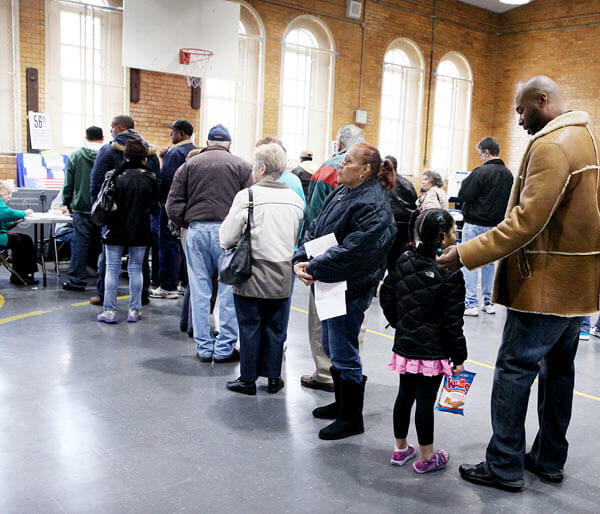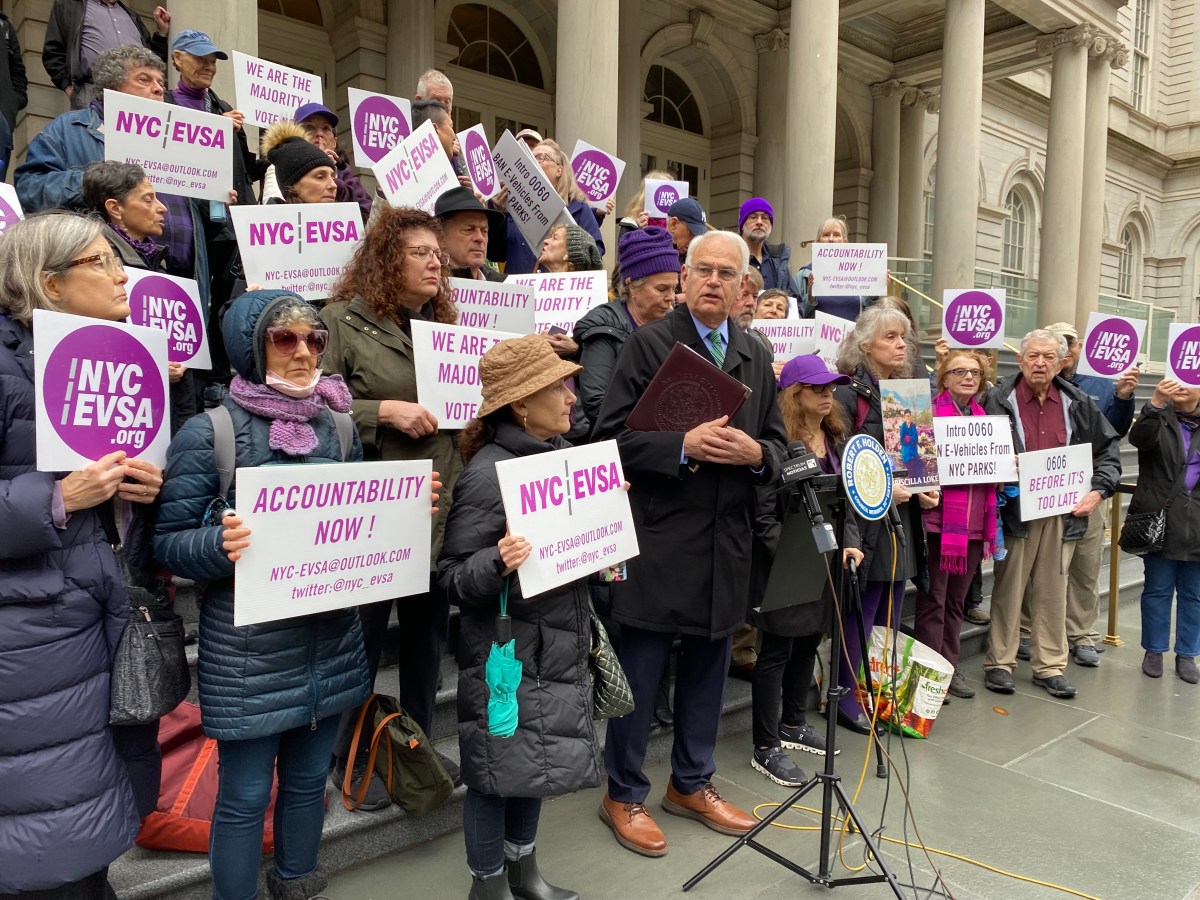By Rich Bockmann
Despite the partisan quagmire in Washington that has thwarted efforts to tackle gun reform, immigration and a farm bill, Queens congressional members said it was imperative their colleagues come together to rewrite a key provision of the 1965 Voting Rights Act the Supreme Court invalidated Tuesday.
“We must remember that the bi-partisanship and near unanimity that produced the 2006 authorization [of the act] was achieved by a Congress in which Republicans controlled both the House and Senate,” U.S. Rep. Gregory Meeks said. “Let us come together, craft a creative legislative strategy, and get to work on renewing the Voting Rights Act.”
On Tuesday, the court split 5-4 along ideological lines when it ruled unconstitutional Section 4 of the 1965 Voting Rights Act, which contained the formula used to identify jurisdictions that had a history of disenfranchising minorities from voting.
Writing for the majority opinion, Chief Justice John Roberts reasoned that the formula had “no logical relation to the present day,” leaving open the possibility that Congress could come up with a new formula the court would find appropriate. Despite the rancor between the two political parties in Congress, U.S. Rep. Grace Meng (D-Flushing) echoed Meeks’ sentiment that Congress could come together.
“Although this decision is a setback, it will not end our efforts to combat discriminatory voting practices,” she said. “I urge Congress to pass legislation that would revamp this law.”
The jurisdictions identified by the Section 4 formula were required to seek federal approval — or pre-clearance — when seeking to make changes to practices or policies affecting voters, such as redrawing district lines or changing polling sites during an election.
Six states and four counties were originally identified in 1965, while Manhattan, Brooklyn and the Bronx were added in 1975 when Congress extended the act and expanded Section 4’s litmus test.
A statewide English literacy test was found to suppress Latino voter registration in the three boroughs, where Spanish speakers made up more than 5 percent of voting-age citizens.
Queens did not meet this threshold, but since the three boroughs did the entire state was essentially brought under the pre-clearance provision.
Jerry Vattamala, of the Asian American Legal Defense and Education Fund, said since any statewide or citywide plan affecting voters included the three boroughs, the entire plan required federal approval.
“Queens really benefited from having its neighboring counties covered,” he said.
In theory, all 150 state Assembly and 63 state Senate districts New York legislators drew following the 2010 census were subject to federal review, though Vattamala said upstate lines probably received less scrutiny.
The same goes for city redistricting proposals and changes affecting citywide elections.
“A lot of the changes the Board of Elections tried to do affected Queens and had to be pre-cleared,” he added.
Without the pre-clearance protection, lawmakers will not need approval next time they draw district lines and the city Board of Elections can use the old lever-operated voting machines without seeking clearance.
State Sen. James Sanders (D-Jamaica) pointed to recent attempts to dissuade minority voters from casting their votes in the 2012 presidential election and blasted the court’s decision.
“In recent elections across our nation, in response to increased political participation by various racial and ethnic groups, we have seen the efforts of the right-wing political machine to disenfranchise Americans as they exercise their constitutional right to vote,” he said. ”This decision is a step backwards to the days of Jim Crow.”
Reach reporter Rich Bockmann by e-mail at rbockmann@cnglocal.com or by phone at 718-260-4574.




































